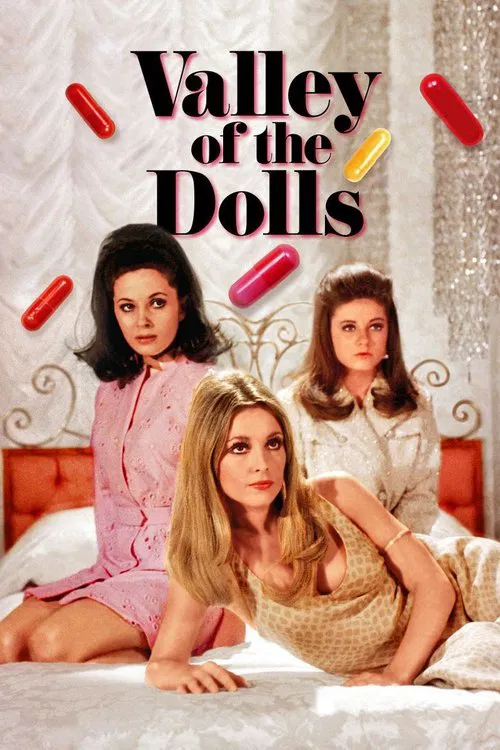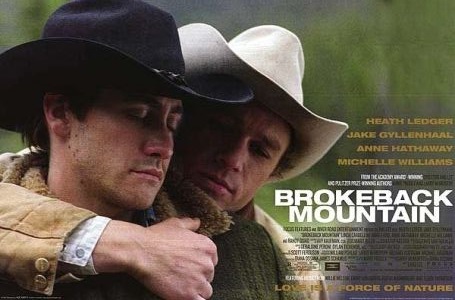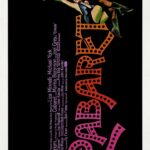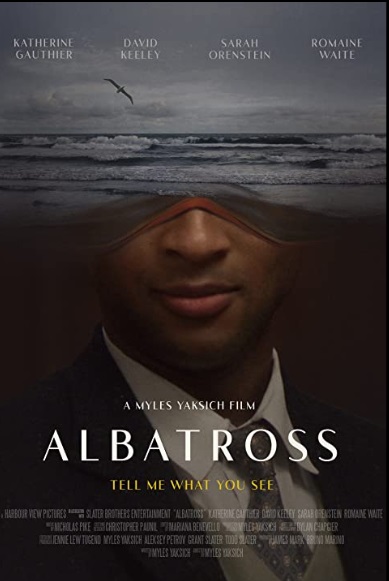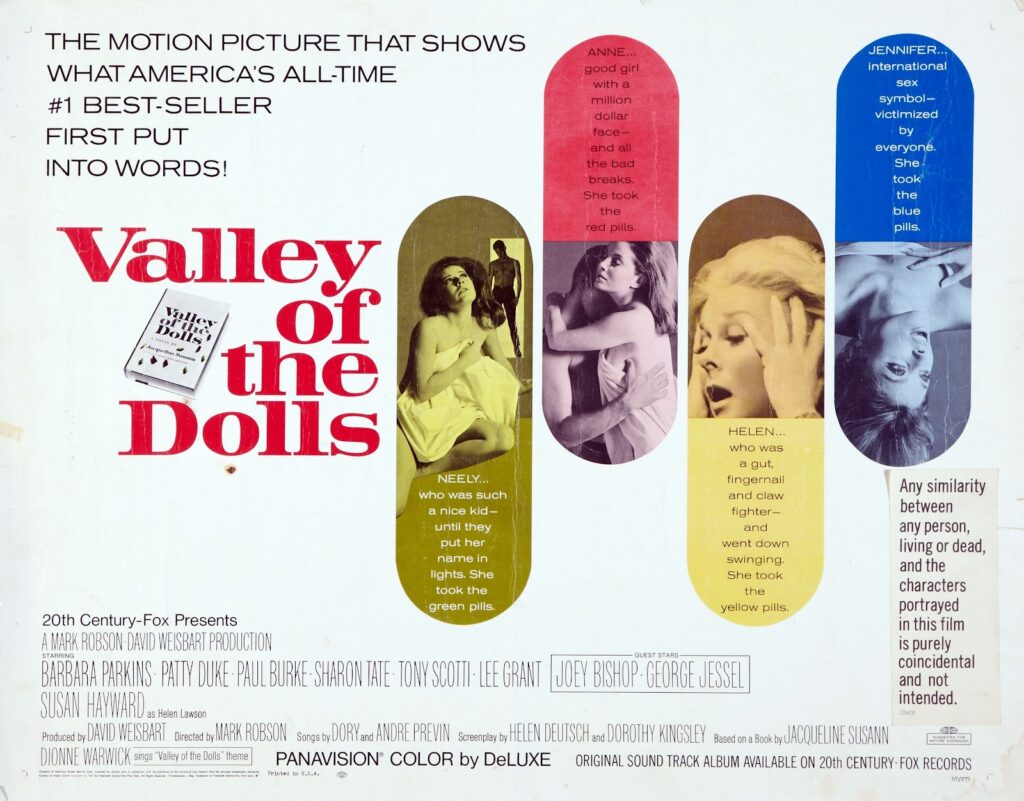
Alright, buckle up buttercups, because we’re about to dive headfirst into a cinematic experience so gloriously over-the-top, so deliciously dramatic, it makes a Real Housewives reunion look like a polite tea party. Yes, darlings, we’re talking about the one, the only, the legendary Valley of the Dolls (1967)! Now, if you’re expecting subtle nuance and relatable characters, honey, you’ve wandered into the wrong prescription bottle. This isn’t your grandma’s quiet Sunday matinee; this is a Technicolor explosion of big hair, bigger emotions, and enough “dolls” (aka pills) to keep a pharmacy in business for a decade. Get ready for a wild ride with three gorgeous gals navigating the treacherous terrain of show business, where the only thing more plentiful than sequins is the shade. So grab your popcorn, your best kaftan, and maybe a little something to calm your nerves – because trust us, you’re gonna need it!
🎬 Valley of the Dolls (1967)
A glitzy, emotional descent into ambition, addiction, and identity in showbiz.
📝 Plot Summary
Recent Radcliffe graduate Anne Welles is hired as a secretary at a theatrical agency which represents Helen Lawson, a cutthroat Broadway diva. Helen fears newcomer Neely O’Hara will upstage her, so she has Anne’s boss pressure Neely to quit their upcoming show. Anne sours on show business after seeing Helen’s cruelty toward Neely, but the business partner of her boss, Lyon Burke, dissuades her from quitting the agency.
Anne and Neely meet Jennifer North, a beautiful chorus girl with limited talent. They quickly become friends, sharing the bonds of ambition and the tendency to fall in love with the wrong men.
After Lyon lands her an appearance on a telethon, Neely mounts a nightclub act. Buoyed by her overnight success, she moves to Hollywood to pursue a lucrative film career. Neely soon succumbs to alcoholism and abuse of “dolls”. She cheats on her husband, Mel Anderson, by having an affair with fashion designer Ted Casablanca. After Mel leaves her, Neely divorces him and marries Ted. Neely’s spiralling drug and alcohol use eventually sabotages her career and ends her second marriage.
Anne and Lyon begin a romance, but Lyon resists Anne’s wish to marry. When he abruptly leaves for England, Anne is distraught; she is further upset when her mother dies. Soon Anne’s poise and natural beauty attract the attention of her boss’s client, Kevin Gillmore, who hires her to promote his line of cosmetics in television and print ads. Kevin falls in love with Anne, but their relationship ends amicably when Anne realizes they are incompatible.
Jennifer follows Neely’s path to Hollywood, where she marries nightclub singer Tony Polar. She becomes pregnant but undergoes an abortion after learning that Tony has the hereditary condition Huntington’s chorea—a fact his domineering half-sister and manager Miriam had been concealing. When Tony’s mental and physical health decline, Miriam and Jennifer place him in a sanitarium. Faced with Tony’s mounting medical expenses, Jennifer reluctantly makes French “art films”—softcore pornography—to pay the bills. Jennifer learns she has breast cancer and, thinking her body is her only currency, commits suicide rather than face a mastectomy.
Neely’s drug and alcohol abuse lands her in the same sanitarium as Tony, where they discover each other when Neely begins singing in the common area and he joins her. After she is released, Lyon gets her a role in a Broadway play. Neely soon causes trouble by having an affair with Lyon and attending a press party for Helen. During a catfight in the ladies’ room, Neely removes Helen’s wig and throws it in the toilet. Lyon ends his relationship with Neely when she relapses and is replaced by her understudy. Neely continues her bender at a nearby bar and is left screaming and sobbing in a deserted alley when the bar closes.
Upset by Lyon’s infidelity, Anne dabbles in “dolls” and almost drowns in the ocean while intoxicated. She returns to New England to live with her Aunt Amy. Lyon follows Anne to New England and asks her to marry him. She declines his offer and remains happily single and independent.
As each woman climbs the ladder of fame, they face the darker side of success — toxic relationships, betrayal, career setbacks, and dependence on “dolls” (pills). The title becomes symbolic of their descent into emotional chaos and loss of identity.
🎥 Production & Casting
Directed by Mark Robson and produced by David Weisbart, the film was released by 20th Century Fox and adapted from Jacqueline Susann’s controversial 1966 novel. The screenplay was written by Helen Deutsch and later revised by Dorothy Kingsley.
The cast included:
- Barbara Parkins as Anne Welles
- Patty Duke as Neely O’Hara
- Sharon Tate as Jennifer North
- Paul Burke as Lyon Burke
- Susan Hayward as Helen Lawson
Notably, Judy Garland was originally cast as Helen Lawson, a brash Broadway legend, but was dismissed from the film early in production.
🎭 Judy Garland’s Exit
Judy Garland’s involvement was highly publicized and added excitement to the project. However, her battles with substance abuse and erratic behavior on set led to her dismissal. Some sources cite missed rehearsals and conflicts with the director, while others believe the studio’s expectations were unrealistic. Garland claimed she quit, but she was ultimately replaced by Susan Hayward.
Ironically, Garland had been a real-life inspiration for the character of Neely O’Hara, adding a haunting layer of art imitating life.
📖 Differences from the Novel
- The film toned down much of the book’s explicit sexual content and drug use to comply with studio standards of the time.
- Many complex character arcs were simplified or removed.
- The novel’s sharp social commentary was diluted in favor of more traditional melodrama.
- The ending of the film is less bleak than that of the novel, softening the tragedy of the characters’ fates.
🎞️ Critical Response
Upon release, *Valley of the Dolls* was panned by critics. The acting was called wooden, the script melodramatic, and the tone uneven. Critics derided the film for lacking the nuance and depth of the novel.
Despite poor reviews, it was a commercial hit, grossing over $50 million. Over time, it became a beloved cult classic, especially within the LGBTQ+ community, for its camp sensibility, quotable lines, and unintentional humor.
“So bad it’s brilliant.” – A common refrain among fans and late-night cinema enthusiasts.
A Youtube documentary by “Be Kind Rewind” runs over 2 hours gives you everything you need to know about this little beauty Don’t Miss It.. Enjoy Steve at Thegaydolls
